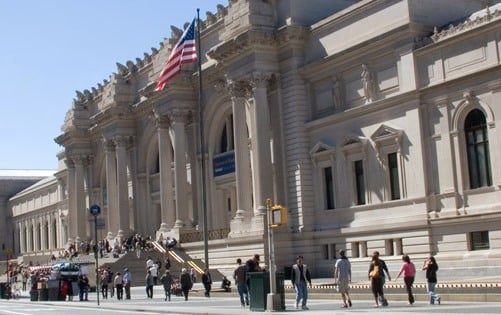Art & Exhibitions
Met Attendance Stagnates, While MoMA Sees Seven Day Boost


Sarah Cascone

After one year of their new seven-day-a-week schedules, New York’s Metropolitan Museum of Art and Museum of Modern Art (MoMA) have released their attendance figures. While the latter saw a seven percent spike in visitor numbers, the Met saw no change in the yearly total, according to Crain’s New York.
The MoMA made the scheduling switch in May of 2o13, while the Met followed suit two months later. Both museums cited a desire to better accommodate growing attendance as the impetus for the change. While the Met still welcomed roughly double the number of visitors as the MoMA (6.2 million as compared to 3.04), the midtown museum brought in an extra $1 million in revenue thanks to the year-on-year increase.
Harold Holzer, the world’s foremost Abraham Lincoln scholar and the Met’s senior vice president of public affairs, has two explanations for the museum’s failure to capitalize on the expanded hours: the unusually harsh winter, and renovation of the institution’s fountains and plaza, ongoing since late 2013.
A tall fence currently surrounds much of the area outside the museum, clogging sidewalks and providing a generally uninviting entrance. “I think we have done well considering the off-putting nature of the drilling and construction,” Holzer told Crain’s. (The $65 million project is expected to be completed in September.)
Meanwhile, museums across the Atlantic are also considering hopping on the seven-days-a-week bandwagon. According to Le Journal des Arts, the Louvre and the Musee Orsay, both in Paris, and the palace at Versailles are among the French institutions considering expanding their schedules in an attempt to boost revenue. Madrid’s Museo del Prado has had a seven-day opening schedule since 2011.